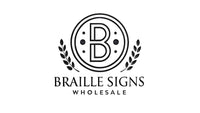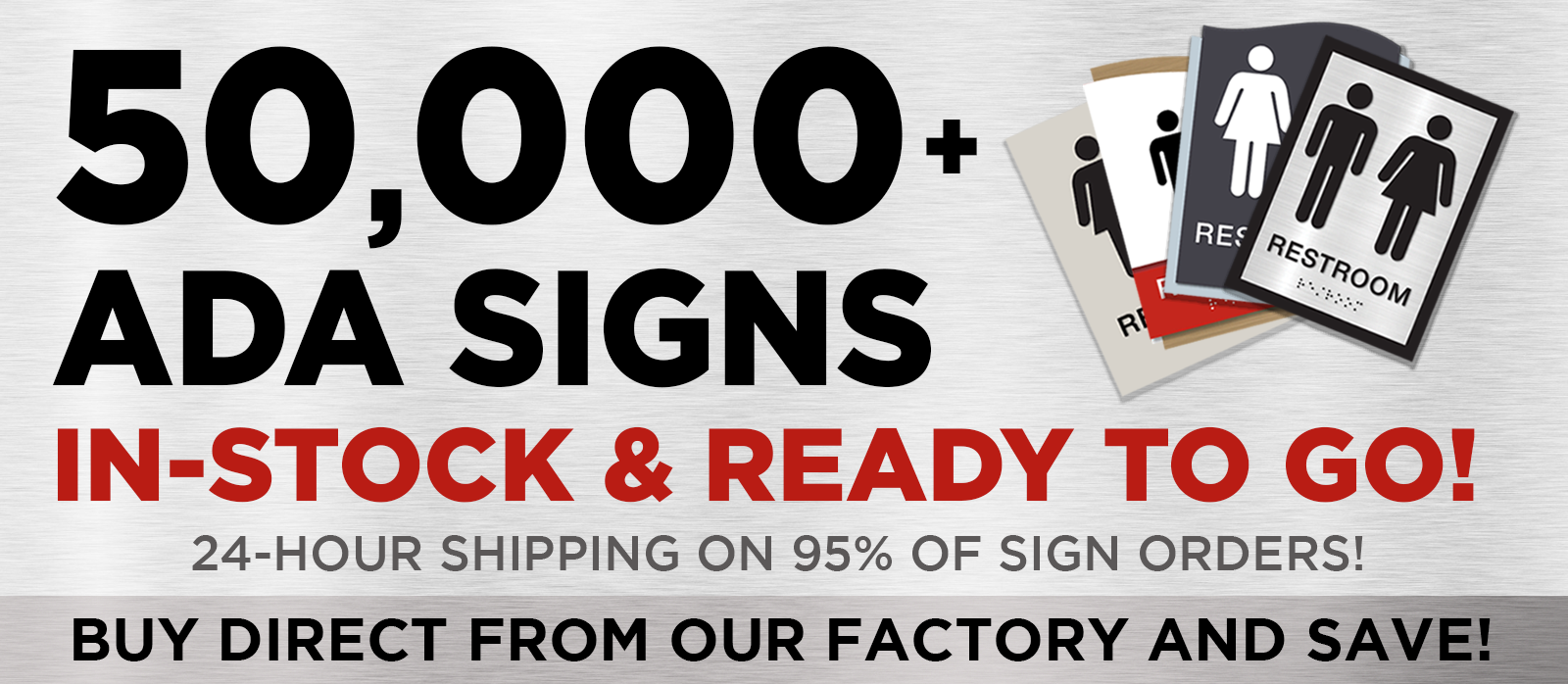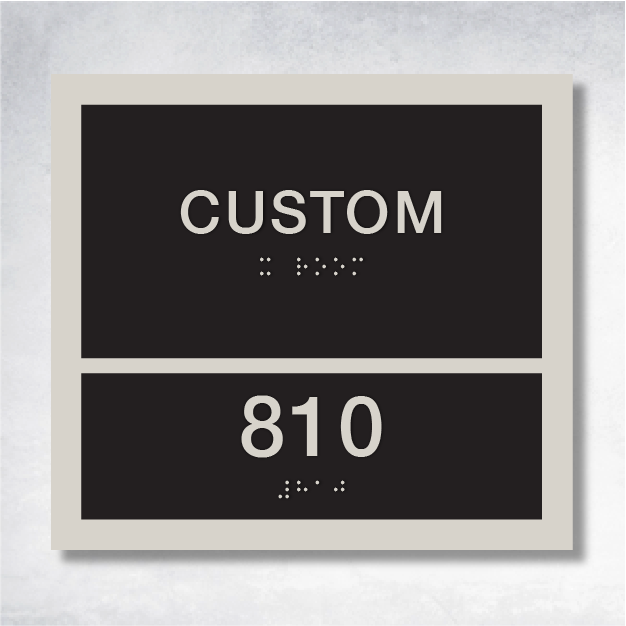Braille Signs in Public Spaces SAQ & Checklist: Everything You Should Know
Imagine walking into a bustling library or a vibrant restaurant and finding your way effortlessly, regardless of your visual abilities. This is the magic of Braille signs in public spaces. They are not just a legal checkbox but a beacon of inclusivity and independence. As public spaces evolve to embrace all visitors, understanding the nuances of Braille signage becomes essential. Let's delve into the world of Braille signs, exploring ADA compliance, actionable tips, and common pitfalls to avoid.
The Art of Braille Signage in Public Spaces
Braille signs are more than just tactile aids—they are a bridge to accessibility. The ADA (Americans with Disabilities Act) sets the stage for these signs, requiring tactile characters and Grade 2 Braille for permanent rooms, exits, and elevators. Picture signs mounted at a comfortable height of 48 to 60 inches, with a non-glare finish that whispers readability. Adhering to these standards is not just about compliance; it's about crafting an inclusive environment where everyone feels welcome.
Unpacking the Essentials: Your SAQ on Braille Signs
What exactly are public-space Braille signs?
These tactile signs, adorned with raised characters and Braille, are the unsung heroes of accessibility. They empower visually impaired individuals to navigate public areas independently, ensuring that information and facilities are within everyone's reach.
Who should be installing them?
From bustling offices to serene schools and busy transportation hubs, any public space must embrace ADA-compliant Braille signs. Think exits, elevators, restrooms—anywhere permanence reigns.
What rules govern their installation?
Federal ADA guidelines, alongside state-specific regulations, dictate the installation of Braille signs. These rules cover tactile and visual requirements, placement guidelines, and exemptions for temporary signs.
How do you select the right materials and finishes?
Choosing materials is an art in itself. Opt for durable options like 1/16" impact acrylic, paired with a non-glare finish to enhance visibility and readability.
What about costs and lead times?
The journey to Braille signage varies in cost and time. Factors like material choice, customization, and installation play a role. Consulting with a professional signage provider can illuminate the path to accurate quotes and timelines.
Your Actionable Checklist for Braille Signage Success
- Identify your building’s required sign types.
- Choose compliant materials (think 1/16″ impact acrylic).
- Measure mounting height (48–60″ to tactile baseline).
- Ensure Grade 2 Braille & tactile character sizing.
- Check for high contrast & non-glare finish.
- Order samples & approve proofs.
- Schedule professional installation.
Sidestepping Common Pitfalls
Navigating the world of Braille signage requires awareness of common missteps:
- Incorrect mounting height: Remember, 48 to 60 inches is the sweet spot.
- Overlooking Braille for permanent rooms: Every permanent room deserves its Braille sign.
- Using low-contrast colors: High contrast is your friend for readability.
Dive Deeper: Resources to Explore
For those eager to explore further, these resources are invaluable:
- Internal: Navigational Necessities Signs, Epsilon Corridor Sign B
- External: ADA.gov signage guidelines, ANSI A117.1 standards
Crafting Inclusive Spaces with Braille Signs
In the tapestry of public spaces, Braille signs are the threads that weave inclusivity and accessibility. By embracing ADA guidelines and following our checklist, you can ensure your signage is both compliant and welcoming. Ready to transform your space with effective Braille signage? Connect with our accessibility team today and let us guide you in crafting a world where everyone feels at home.









